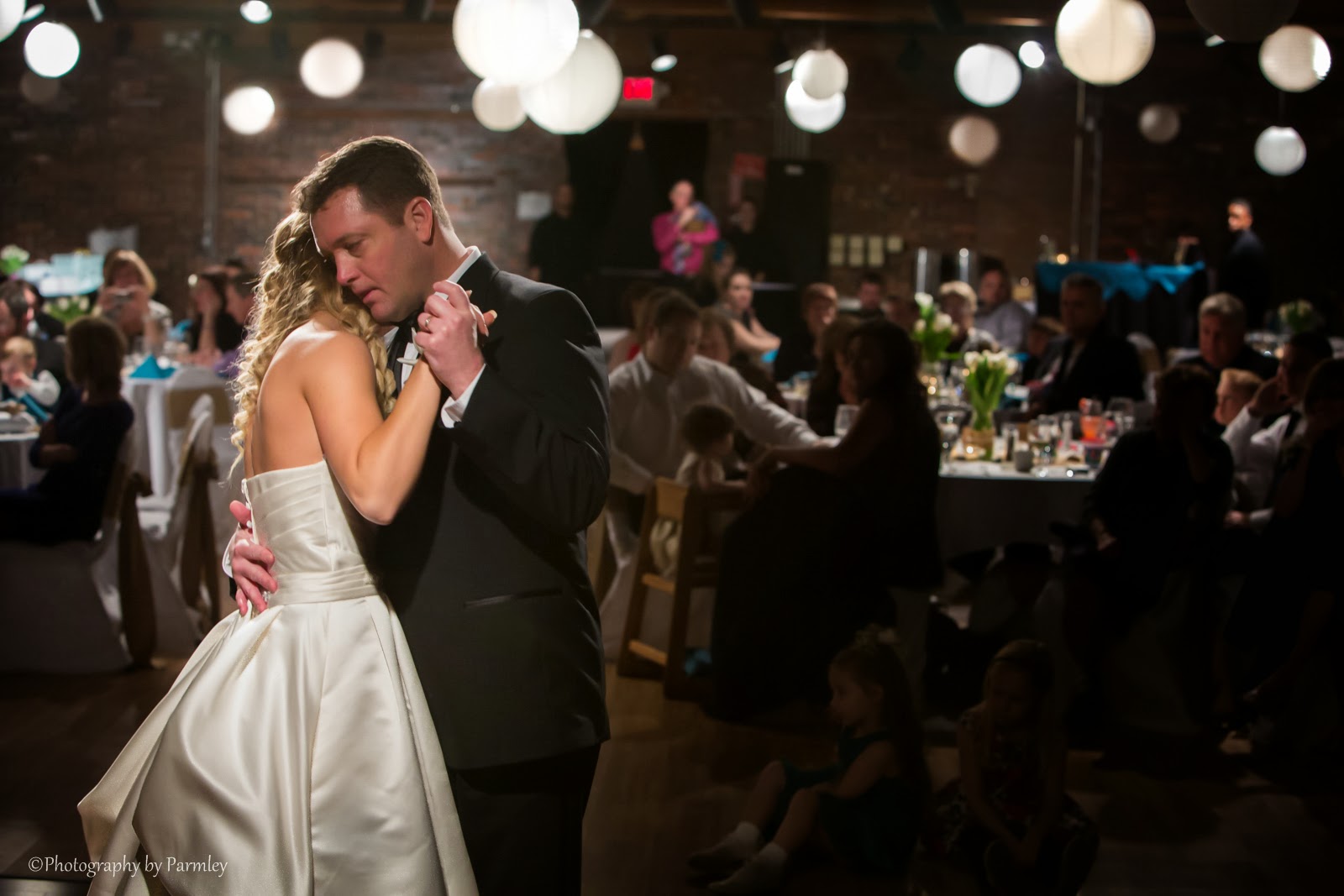It has been quite a while since I have been able post. But
we have had a wonderful summer and early fall shooting seniors. I am also seeing many pictures being posted
online showing amateur photos of seniors and kids. There is one common issue that I am seeing
across all of them.
The flash is still on the camera.
If you want to take the look and feel of your images to the
next level GET THE FLASH OFF THE CAMERA!
This can be a scary proposition, but trust me that you won’t
regret it. The costs are coming down
that make this a no brainer once you realize the benefits.
So if you are currently shooting all your portraits with the
flash on the camera, take these steps to move your photography forward. Do it
for under $250.
(These steps are for Canon.
The steps are the same for others, the equipment you need is just your
camera’s make version).
Step 1. Get a
Speedlite (Flash): You need a
Speedlite that can be fired remotely.
And while you can take many of them and connect wireless receivers, Don’t! Get a Speedlite with the wireless receiver built
in. This gives you two choices. A) Canon 600 EX RT @ $499 or B) Yongnuo YN600EX-RT @$114. Which one do you need? Depends on what you do. Are you shooting weddings or doing a lot of
work? If so, get the Canon. Just shooting Seniors, kids and family and low
volumes? Get the Yongnuo. On a very
tight budget? Get the Yongnuo.
Step 2. Get a
wireless transmitter: Again, you
have two choices and it is independent of what you chose in Step 1. A) Canon
St-E3-RT @ $299 or B) Yongnuo YN-E3-RT @$79.
Which one do you get? They both
work well. While I am hardcore staying with
Canon on most items, Yongnuo did this one better. The Canon version does not have the infrared
focus assist and the Yongnuo does. This
makes a huge difference in low light situations. The Yongnuo build is a little less quality, but
I have used them in high profile weddings lasting all day with zero
problems. I actually have one of each
and only pull the Canon Version out when I have a second shooter. Either will
fire both brands of speedlites.
Step 3. Get a light
stand: For amateurs, avoid paying
for the expensive stands. You can find 7’ stands for as little as $25 on eBay.
Step 4: Get a flash Hot Shoe Umbrella holder:
This sits on top of the light stand and allows you to mount a flash and an
umbrella / soft box to it. These start
at $10.
Step 6 (Optional): Get
a battery pack for your Speedlite. This will improve the flash recycle
times if you are shooting shoots quickly.
This is a MUST for weddings. I
have only used the Canon version but others exist. Canon CP-E4n @ $199 or Phottix @ $75.
This will get you started to improving your photography. Let me know if you have any questions.
Here are some examples with this exact setup……..Enjoy.
 |
| Off Camera Flash (Left) See Exposing for the ambient in a previous post |
 |
| Off Camera Flash (right) |
 |
| Off Camera Flash (left) 2nd Off Camera Flash (right) with Red Gel |
 |
| Off Camera Flash (right) 2nd Off Camera Flash firing from behind |
 |
| Off Camera Flash (right) with CTO gel |





.jpg)

.jpg)
.jpg)
.jpg)


.jpg)
.jpg)



















